Updated for the modern workplace, remote (mobile) workstations, and new technology
[July 2021]
[July 2021]
Not all workers are the same size and everyone has limits.
Ergonomics aims to design workstations, work processes, equipment, and tools to fit you. If a job does not fit a worker, the worker is more likely to be exposed to risk factors that may lead to musculoskeletal injury.
As a worker, it is important that you know how to adjust your office workstation to suit your needs.
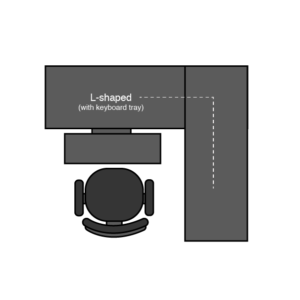
Choosing the correct work surface is an integral part of the overall workstation setup.
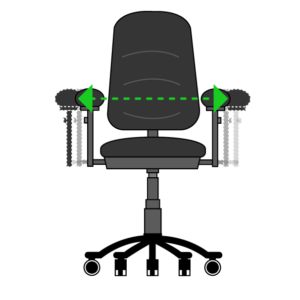
The chair must fit the user, as well as suit the tasks to be performed. One style of chair may not suit every user. The chair should provide support and stability to the user and allow movement through multiple positions.
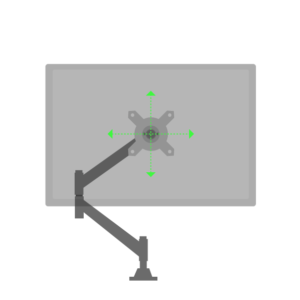
When selecting one or more monitors, there are a number of factors that need to be considered.
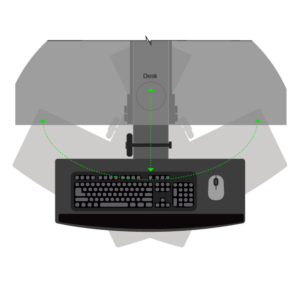
From input devices, to adjustable trays and footrests, there is a lot to choose from to fit your workstation to you.

New technologies introduce new challenges but also new opportunities when it comes to positioning.
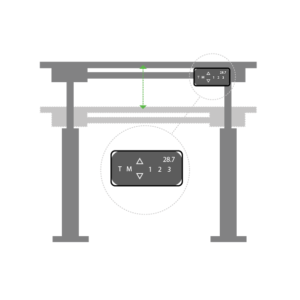
Mixing up your static position is a great way to prevent stress and fatigue.
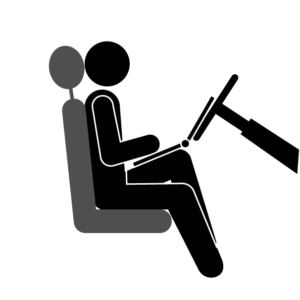
Working remotely presents challenges due to the variety of locations a person may choose to conduct their work. This may include a temporary or secondary office location, a boardroom table, a kitchen table, a couch, or
a motor vehicle.
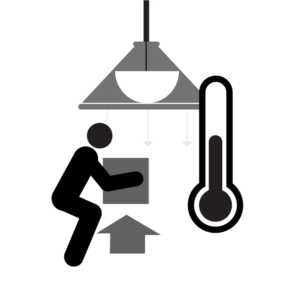
Lighting, noise, thermal comfort, alternative sitting devices, manual material handling, postural variation, and movement should also be taken into account while working within an office environment.
Canadian Centre for Occupational Health and Safety: Work-related Musculoskeletal Disorders (2019). https://www.ccohs.ca/oshanswers/diseases/rmirsi.html
Canadian Standards Association Z412-17. Office ergonomics – An application standard for workplace ergonomics (2017). CSA Group, Toronto.
Occupational Health & Safety Act: Industrial Establishment R.R.O. 1990, Regulation 851(2019),
https://www.ontario.ca/laws/regulation/900851
Occupational Health & Safety Act R.S.O. 1990, Section 25 (2020). Duties of Employers.
https://www.ontario.ca/laws/statute/90o0